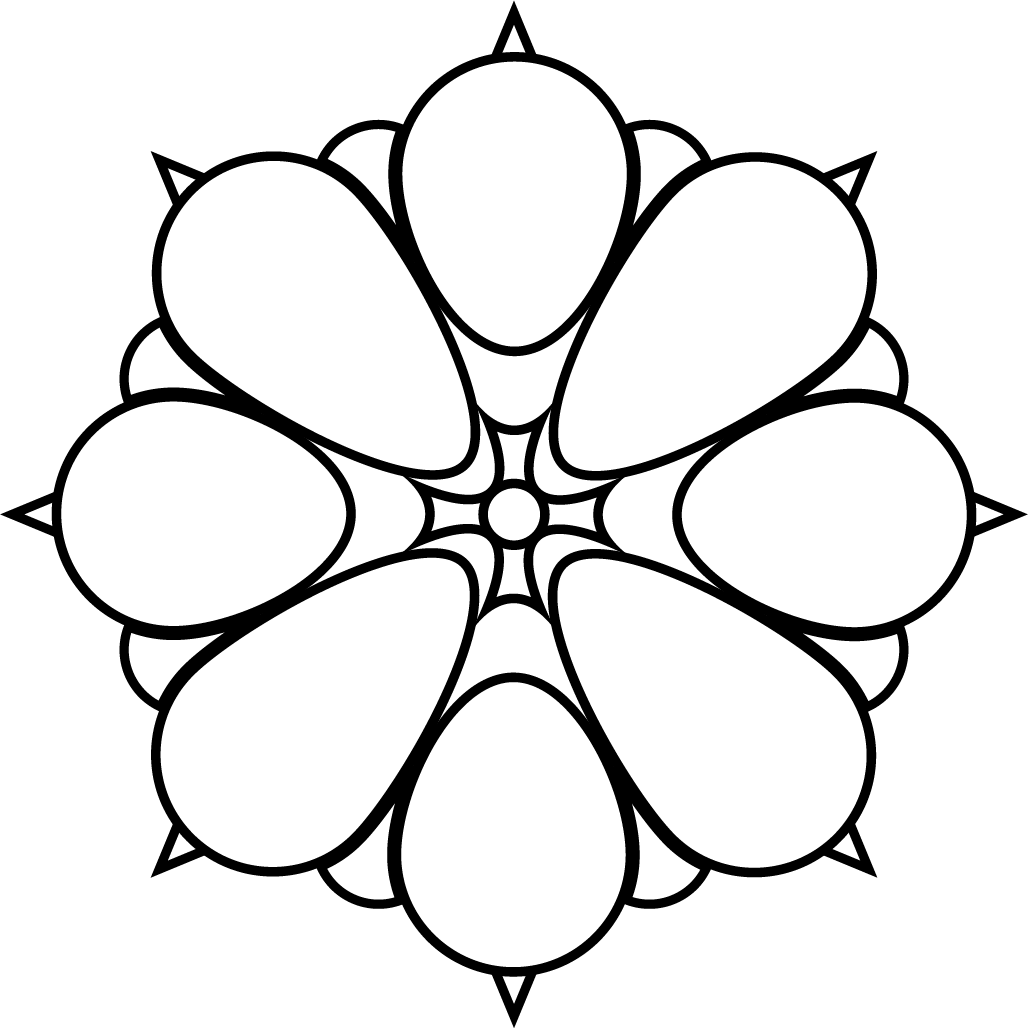Wholesale
TRICHOCEREUS PACHANOI
TRICHOCEREUS PACHANOI SALE
wholesale
Wholesale
Safe Payment
Eco friendly

BUY
Trichocereus
Pachanoi
SIZES:
S, M, L, XL
LENGHT:
20CM, 30CM, 40CM, 60CM, 120CM
WEIGHT:
from 150g to 6KG
LUZ:
Direct sunlight, partial shade
OTHEr DETAILS:
cacti from 5cm to 15cm in sizE
Trichocereus pachanoi: Complete Guide to Cultivation, Identification, and Professional Management
Trichocereus pachanoi (syn. Echinopsis pachanoi, currently treated by many authors as Trichocereus macrogonus var. pachanoi) is a fast-growing Andean columnar cactus, highly valued in gardening and collecting for its architectural stature, hardiness, and adaptability. At TRICHOLAND, we work with selected lines for professional production due to their vigor, low spination, and high tolerance to variable conditions.
This technical guide compiles everything you need for successful cultivation at the advanced hobbyist or nursery level: taxonomy and identification, substrates, watering, nutrition, light and climate, propagation, plant health, annual calendar, and problem-solving.
Taxonomy and Names
Genus: Trichocereus (often segregated from Echinopsis based on contemporary morphological and genetic criteria).
Commonly Accepted Name: Trichocereus macrogonus var. pachanoi.
Synonyms: Trichocereus pachanoi, Echinopsis pachanoi, formerly Cereus pachanoi.
Common Names: San Pedro (ornamental/gardener use), among other regional Andean names.
Origin and Habitat
Native to Ecuador, Peru, and Colombia; widely cultivated throughout South America and beyond.
Altitude: Typically between 2,000 and 3,000 m above sea level, on well-drained slopes, rocky soils, and climates with marked dry/wet seasons.
Description and Field Identification
Habitus: Branched column from the base; 3–6 m tall in mature cultivation; exceptional specimens documented up to ~12 m.
Stems: Light green to dark green, sometimes glaucous; 6–15 cm in diameter.
Ribs: Usually 6–8, well-marked.
Areoles: Whitish, spaced ~2 cm apart; 0–7 short spines (up to ~2 cm), often nearly spineless in selected cultivars.
Flowering: Large, white, very fragrant flowers that bloom at night; measuring 19–24 cm in length and up to ~20 cm in diameter; perianth with dark tufts in the floral tube. They open at night and can last ~2 days.
Fruit: Dark green, oblong, approximately 3 cm in diameter × 5–6 cm long; opens when mature, revealing white pulp with numerous seeds.
Cultivation Requirements
Climate and Exposure
Light: Full sun once acclimatized. Young plants or newly transplanted specimens appreciate partial shade (40–50% mesh) for 2–4 weeks. Indoors/greenhouse, aim for PPFD of 250–400 µmol/m²/s for sustained growth; 400–600 for rapid growth with proper ventilation and nutrition.
Temperature: Optimal 18–30 °C. Enters dormancy below 10–12 °C.
Cold/Frost: Supports brief dips below zero when dry. Conservative recommendation: safe cultivation in USDA 9a–11. With expert management and highly draining substrate, there are reports of occasional tolerance to −3 to −6 °C (exceptionally more) in mature, fully dry specimens; avoid prolonged exposures or frost when the soil is wet.
Wind: Tolerates wind; stake in exposed areas until the base thickens.
Professional Substrate
Seek fast drainage, high root aeration, and moderate retention. Recommended mix for pots or containers:
50–70% mineral fraction: pumice/volcanic gravel (2–8 mm), or washed coarse sand. Pumice provides aeration with moderate retention.
30–50% organic fraction: fibrous blonde peat or medium coconut coir + 10–20% well-sifted mature compost.
Correctives:
Calcium/Dolomite: 2–4 g/L if using acidic peat (provides Ca/Mg and stabilizes pH).
Mycorrhizae/Trichoderma: beneficial in nurseries for root vigor and health.
Target pH: 5.8–6.5 (broad tolerance ~5.5–7.2). Avoid saline or overly compact substrates.
Watering
Spring-Summer: Deep, spaced watering, allowing 50–80% of the substrate volume to dry out between waterings. In pots, usually equates to 1 watering every 5–10 days depending on temperature, pot size, wind, and radiation.
Autumn: Progressively space out watering. Substitute with light watering if heat persists.
Winter: In cold climates, keep practically dry to avoid rot. In frost-free areas, very light, occasional watering on mild days.
Water Quality: Low EC (<0.75 dS/m) and moderate alkalinity. If the water is hard, acidify to a pH of 5.8–6.2 for improved absorption and to prevent chlorosis.
Nutrition and Fertilization
During Active Growth (substrate T° >15 °C): apply 50–100 ppm N per application, every 2–4 waterings, with a low N and high K cactus fertilizer (e.g., 3-5-7 to 4-7-8) and chelated micronutrients (Fe, Mn, Zn). Avoid urea as the main N source.
End of Summer: Reduce N and prioritize K/Si to mature tissues and enhance cold tolerance.
Salt Leaching: Every 6–8 weeks, water generously with clear water to prevent accumulation.
Excess Signs: Soft tissues, loss of marked ribs, etiolation. Adjust dosage or frequency.
Pots, Transplants, and Structure
Container: Deep, with multiple drainage holes. Highly recommended is a slotted or air-pot for lateral aeration.
Transplanting: Every 2–3 years or when the root ball fills 80–90% of the volume. Best time: late spring-summer with stable T°.
Staking: Use cane or fiberglass rod; elastic ties to avoid constrictions.
Propagation
By Cutting (Preferred Method in Nursery)
Selection and Cutting: Choose healthy segments (20–40 cm). Make clean cuts with disinfected tools, slightly beveled for draining.
Curing: Allow to callous vertically in a bright, ventilated shaded area for 10–21 days (until a dry callous forms). In humid climates, dust the cut with sulfur or cinnamon.
Rooting: Place the cutting on a very mineral and barely moist substrate; do not bury it excessively. Optional: apply AIB hormone on the callous.
Conditions: 22–28 °C in the substrate, bright light without direct sun. First moderate watering when visible roots emerge (2–3 cm) or after 2–4 weeks in stable heat.
By Seed
Substrate: Very fine and sterile (50% fine silica sand + 50% sieved peat/coir). Disinfect by microwave/oven.
Sowing: Superficial, without covering or with a fine layer of sand. High humidity (80–90%) under a cover/dome, diffused light.
Temperature: 22–28 °C. Typical germination in 7–21 days.
Management: Ventilate progressively after 2–3 weeks to prevent mold. First fertilization very diluted after one month.
Grafting (Advanced)
Useful for accelerating seedling growth or rescuing valuable material. Recommended rootstocks: Myrtillocactus geometrizans, Trichocereus spachianus, other vigorous Trichocereus.
Pruning, Shaping, and Height Management
Cutting the tips to induce branching at the desired height.
Sanitizing Cuts: Perform in dry, warm conditions; dust with sulfur; keep dry until callous forms.
Height Control: In landscaping, segment and replant to renew aging bases.
Pests and Diseases
Common Pests
Mealybugs (both aerial and root): Inspect areoles and neck. Control: clean with 70% isopropyl alcohol, potassium soap, and horticultural oil in rotation; for roots, immerse the root ball in soapy solution and transplant to clean substrate. In production, consider biological control (Cryptolaemus, Anagyrus) and systematic baits as per local regulations.
Spider Mites: During heatwaves and low humidity. Prevention with morning showers outdoors (only in summer) and light oils; releases of Phytoseiulus in greenhouses.
Scale Insects and Thrips: Periodic inspection, oils, and authorized growth regulators.
Slugs/Snails: Physical barriers and baits around the perimeter.
Diseases
Soft Rot (bacterial) and Fungal (neck/root) due to excess moisture and cold. Management: aggressive cleaning to healthy tissue, tool disinfection, sulfur/copper at the cut, and drying out. Adjust watering and ventilation.
Anthracnose/Spots: Improve aeration; preventive contact fungicides where authorized. Avoid wetting the stem at night.
Iron Chlorosis: Typical of hard water/high pH. Correct watering pH and apply Fe-EDDHA.
Common Problems and Solutions
Etiolation (pale, narrow growth): lack of light or excess N. Gradually increase irradiance and balance fertilization.
Sunburn: corky-brown spots after sudden exposure to full sun. Acclimatize for 2–3 weeks with shading mesh.
Edema: blisters/corking from excessive watering with cold substrate. Water during warm hours and improve drainage.
Longitudinal Cracking: watering spikes after prolonged drought. Stabilize frequency and volume.
Annual Cultivation Calendar (Northern Hemisphere, adapt 6 months for Southern Hemisphere)
Mar-Apr: Start watering; initial gentle fertilizations; transplants.
May-Aug: Peak growth. Deep and regular watering; complete nutrition; weekly phytosanitary controls. Shade young plants in heat waves.
Sep: Reduce N; check structure before storms.
Oct-Nov: Space watering; prepare for a dry winter; protect from cold rains.
Dec-Feb: Dormancy; minimal or no watering in cold; monitor root mealybugs.
Landscape and Design Use
Location: Slopes, xerophytic flowerbeds, architectural hedges, and XL pots. Leave 80–120 cm between axes for natural branching.
Planting in Soil: Elevate on mounds of 15–30 cm for drainage; spaced drip irrigation.
Compatibilities: Agaves, Dasylirion, Tephrocactus, xerophytic grasses.
Differentiation from Similar Species
T. macrogonus (var. macrogonus): more spines per areole (up to ~20), including robust central spines up to 5 cm; sometimes a more slender form.
T. peruvianus: high variability; many clones are spinnier with more glaucous colors; areoles sometimes more spaced.
Typical Pachanoi: 6–8 ribs, short/scant spination, areoles about ~2 cm apart, tissues rapidly thickening, and flowers with dark hair in the tube.
Best Practices for Nursery Production
Density: 30–40 cm between 20–25 L pots for rapid growth; expand spacing in the second year.
Fertigation: 0.8–1.2 mS/cm nutrient solution at peak growth; foliar chelated corrections in microdoses.
Hygiene: Quarantine new arrivals for 3–4 weeks; disinfect production areas and tools; fresh substrate for each propagation.
Clonal Selection: Maintain low spination lines for retail and high vigor lines for landscaping.
Quick FAQ
How much light does it need? Full sun with acclimatization; indoors only with strong lighting and ventilation.
Does it tolerate frost? Brief frosts if dry; best to avoid below −3 °C. Recommended USDA 9a+.
How often should I water? In summer, when most of the substrate has dried; in winter, nearly dry.
How does it reproduce? Very easily by cutting; also by seed with sterile handling and heat.
Why is it yellow? Possible chlorosis from high pH/hard water. Adjust watering pH and apply chelated iron.
Summary Technical Sheet
Height: 3–6 m (exceptionally more).
Stem Diameter: 6–15 cm; ribs 6–8.
Flowering: Nocturnal, white, fragrant; 19–24 cm.
Substrate: Very draining; pH 5.8–6.5.
Watering: Deep and spaced in heat; dry in cold.
Fertilization: Low N, high K, with micros.
Zones: USDA 9a–11 (8b with expert management and keeping dry).
TRICHOLAND: Mother Plants and Large-Scale Production
At TRICHOLAND, we select Trichocereus pachanoi for vigor, low spination, and uniformity. We offer bulk lots in various calibers, rooted cuttings, mother plants, and technical advice on substrates, fertigation, and implementation in landscaping projects. Please inquire about availability, phytosanitary documentation, and logistics according to your destination.
With proper management of light, water, and substrate, T. pachanoi is one of the most rewarding and fast-growing columns for xerophytic gardens, collections, or commercial production. If you need a recommendation for a mix, nutritional plan, or specific integrated pest control for your climate, the technical team at TRICHOLAND is at your service.




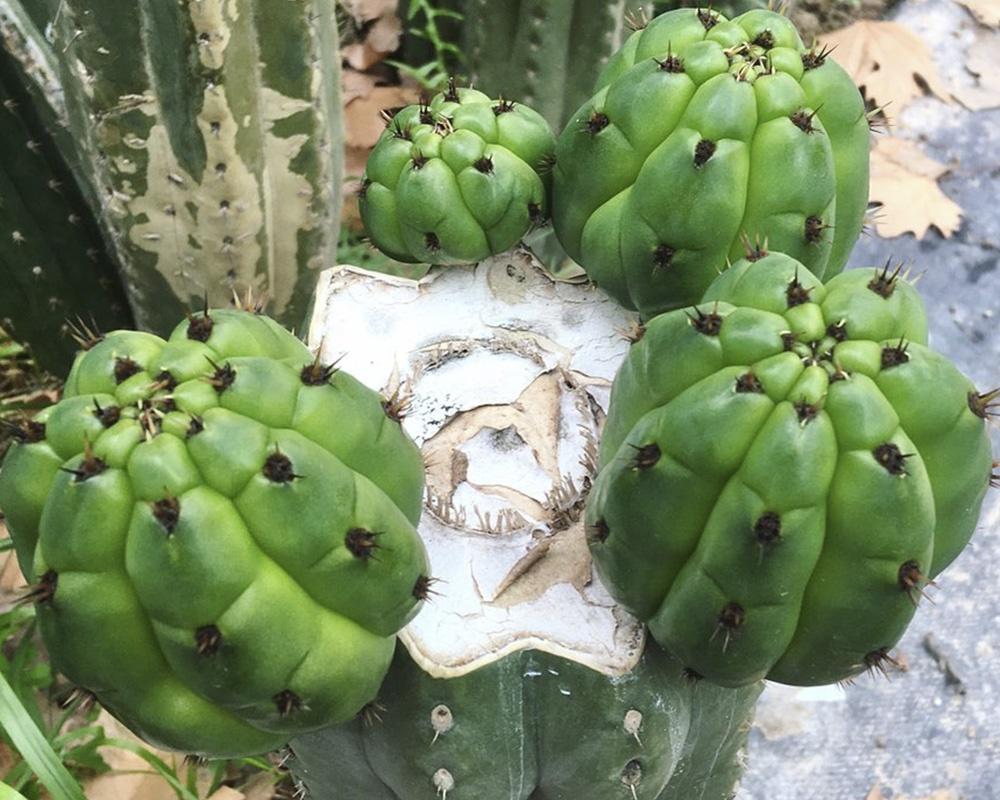
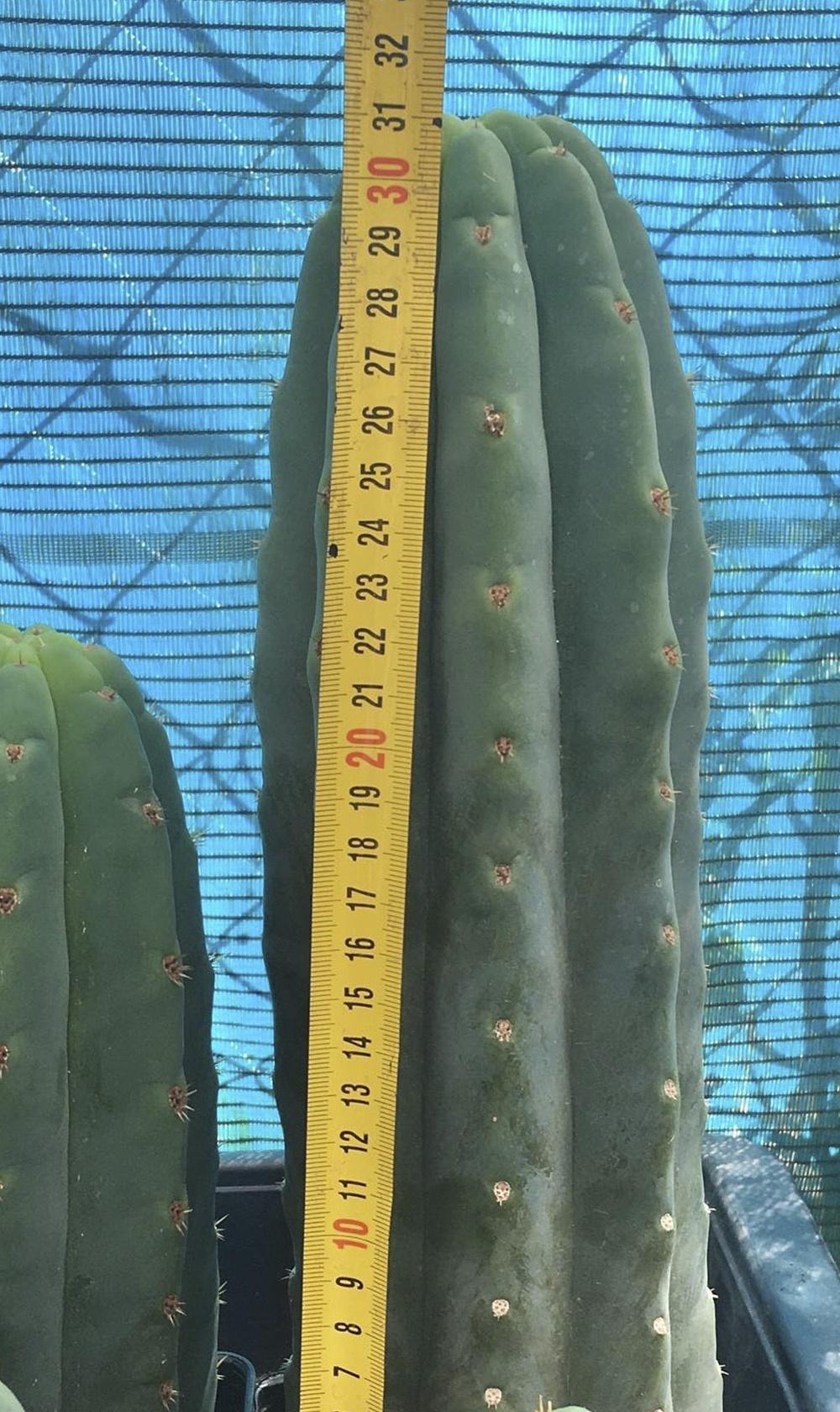
TRICHOLAND
We are TRICHOCEREUS
cacti producers
Trichocereus cacti are a genus of succulent plants belonging to the cactus family (Cactaceae). These cacti are native to South America, particularly to regions such as Argentina, Bolivia, Chile, Ecuador and Peru. They are known for their columnar shape and spectacular flowering.
Trichocereus cacti are prized by collectors and cactus enthusiasts alike for their ornamental appearance and ease of cultivation. Some popular species within the Trichocereus genus include Trichocereus pachanoi (also known as San Pedro), Trichocereus bridgesii (Achuma or Wachuma), Trichocereus peruvianus (Peruvian Torch) and Trichocereus terscheckii (Cardón).
These cacti are known for their cylindrical shape, which can reach impressive heights. Some adult specimens can reach several metres in height. They have well-marked ribs and are covered with spines, although the number and size of the spines vary according to the species.
One of the most outstanding characteristics of Trichocereus cacti is their flowering. During spring and summer, they produce large funnel-shaped flowers that can be of various colours, such as white, yellow, orange or pink. These flowers are very showy and often open at night and close during the day.
As for care, Trichocereus cacti are relatively easy to maintain. They prefer well-drained soil and require sun exposure for optimal growth. They are hardy cacti that can withstand high temperatures and some degree of drought, although moderate watering is recommended during the growing season.
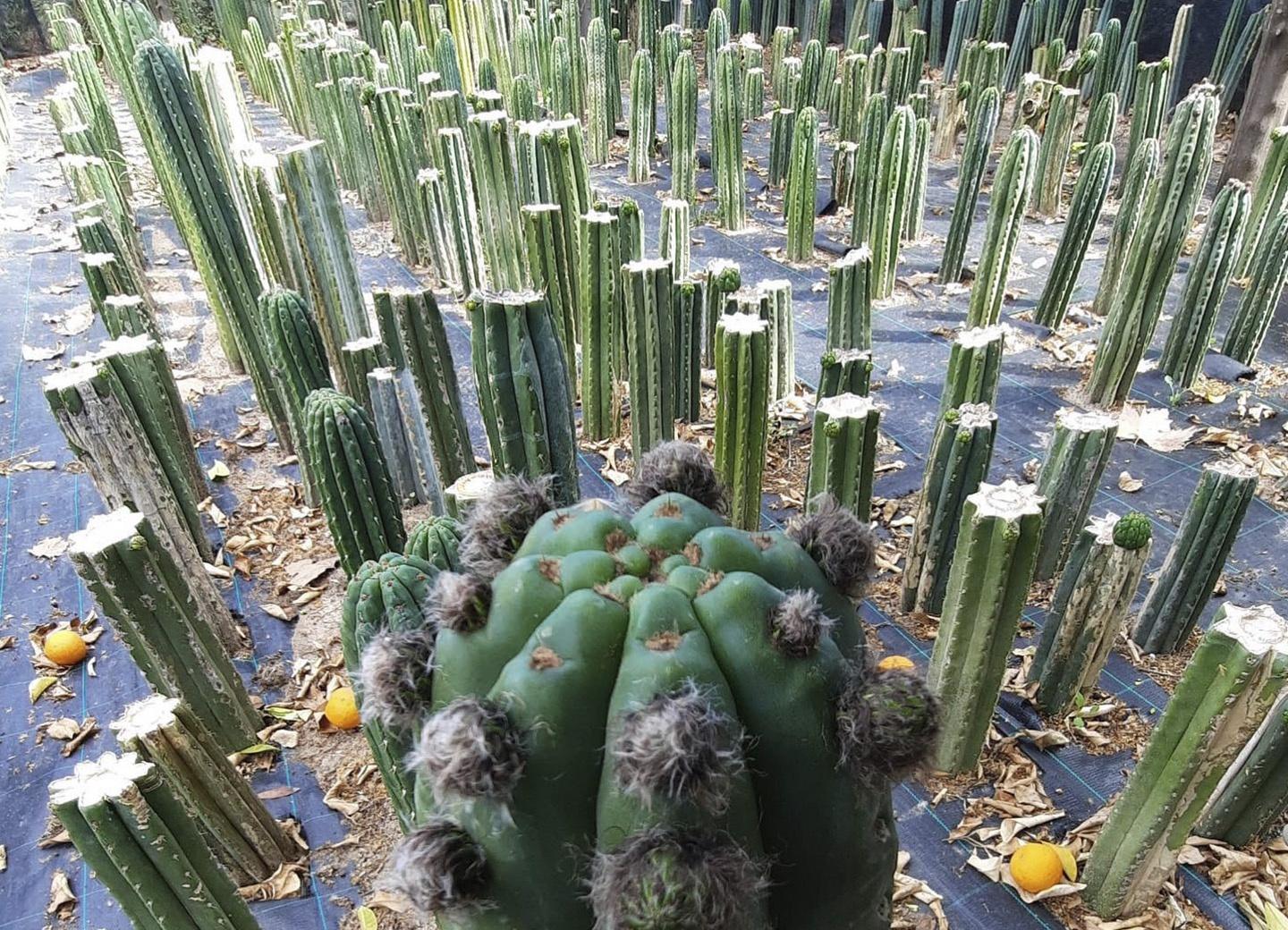
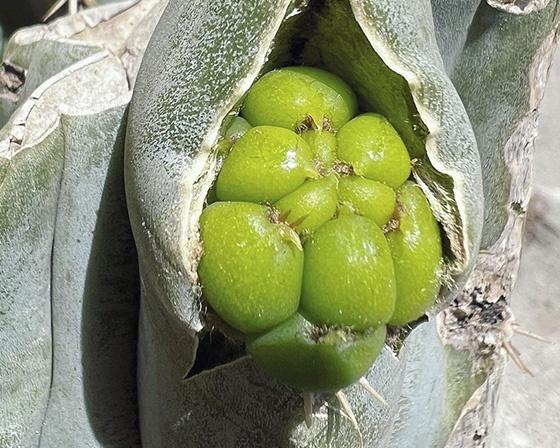
It is important to note that some Trichocereus species contain hallucinogenic compounds, such as mescaline, in different concentrations. These cacti have been traditionally used in certain indigenous South American cultures for ritual and medicinal purposes. However, caution and respect for local laws regarding the use of these plants is necessary.
In summary, Trichocereus cacti are a fascinating genus of columnar cacti native to South America. They are valued for their shape, spectacular flowering and ease of cultivation. If you are interested in having an ornamental and hardy cactus, Trichocereus are an excellent choice to consider.



